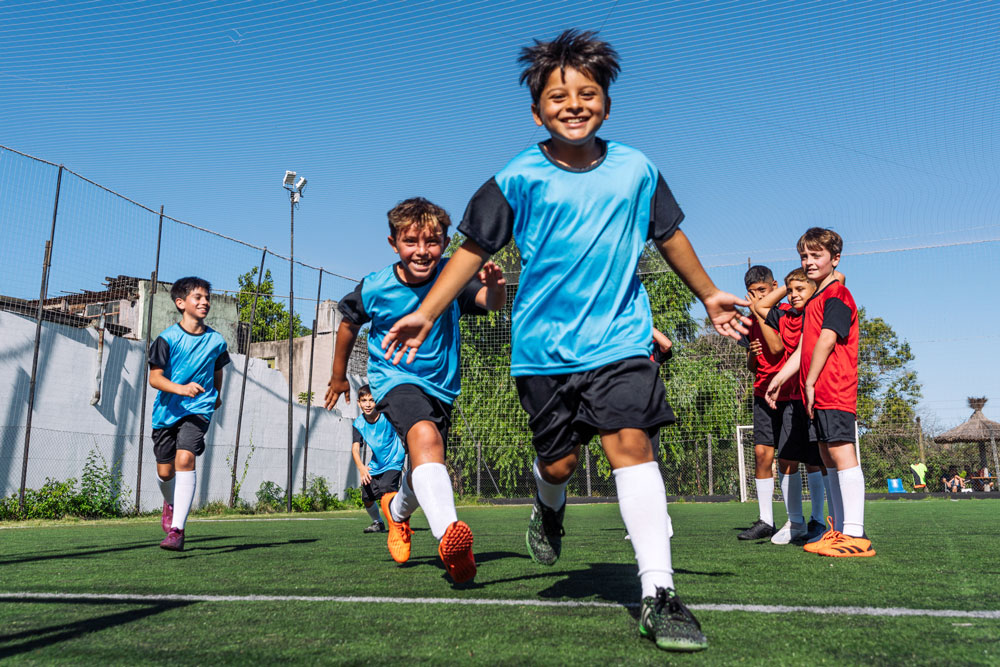
Keeping Young Athletes Safe During Summer Sports
Heat-Related Illnesses in Young Athletes
Sweltering temperatures and blazing sun bring their own set of risks just by being outside too long. Add the extra strain of intense exercise, and conditions can escalate quickly, especially in high temperatures and humidity. Children are particularly vulnerable because their bodies do not regulate heat as efficiently as adults.
Heat Stroke – Heat stroke is a severe and potentially life-threatening form of heat illness. Symptoms include high body temperature, confusion, and loss of consciousness. Immediate medical attention is crucial.
Tips for Young Athlete Safety
To keep kids safe during summer sports, focus on hydration, sun safety, proper gear, and early recognition of heat-related illnesses.
- Encourage frequent water breaks before, during, and after practices or games.
- Carry extra water, including chilled or frozen bottles.
- Promote pre-hydration by encouraging kids to drink water before feeling thirsty.
- Ensure balanced nutrition to support energy and recovery.
Teach kids to recognize early signs of dehydration such as headache, dizziness, and nausea.
- Apply broad-spectrum sunscreen with SPF 30 or higher and reapply every two hours or after sweating.
- Wear protective, light-colored, loose-fitting clothing.
Take breaks in shaded areas whenever possible.
- Monitor for signs of heat-related illness including cramping, dizziness, and nausea.
- Cool down quickly with shade, ice, and cool towels if overheating occurs.
- Schedule practices to avoid the hottest parts of the day when possible.
- Supervise children with pre-existing conditions like asthma or those on medications that may increase heat sensitivity.
Other Important Considerations
Pre-Season Physicals - Many schools and sports organizations require a pre-season physical exam. These exams are key to identify any underlying health issues such as heart conditions, asthma, or joint problems.
Following these common-sense strategies, can help ensure your young athletes stay safe, healthy, and ready all summer long!



